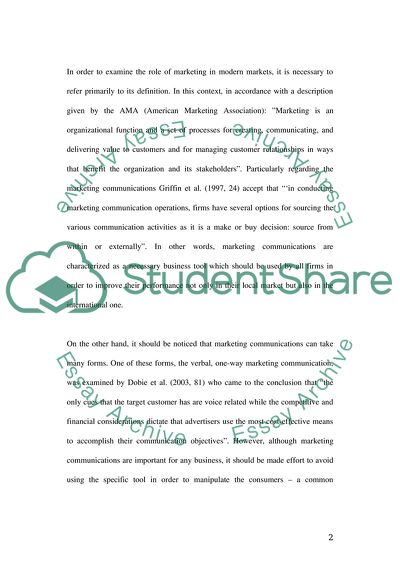Cite this document
(Marketing Communications and Strong Brands Assignment, n.d.)
Marketing Communications and Strong Brands Assignment. https://studentshare.org/marketing/1707000-how-does-marketing-communications-build-and-maintain-strong-brands
Marketing Communications and Strong Brands Assignment. https://studentshare.org/marketing/1707000-how-does-marketing-communications-build-and-maintain-strong-brands
(Marketing Communications and Strong Brands Assignment)
Marketing Communications and Strong Brands Assignment. https://studentshare.org/marketing/1707000-how-does-marketing-communications-build-and-maintain-strong-brands.
Marketing Communications and Strong Brands Assignment. https://studentshare.org/marketing/1707000-how-does-marketing-communications-build-and-maintain-strong-brands.
“Marketing Communications and Strong Brands Assignment”. https://studentshare.org/marketing/1707000-how-does-marketing-communications-build-and-maintain-strong-brands.


